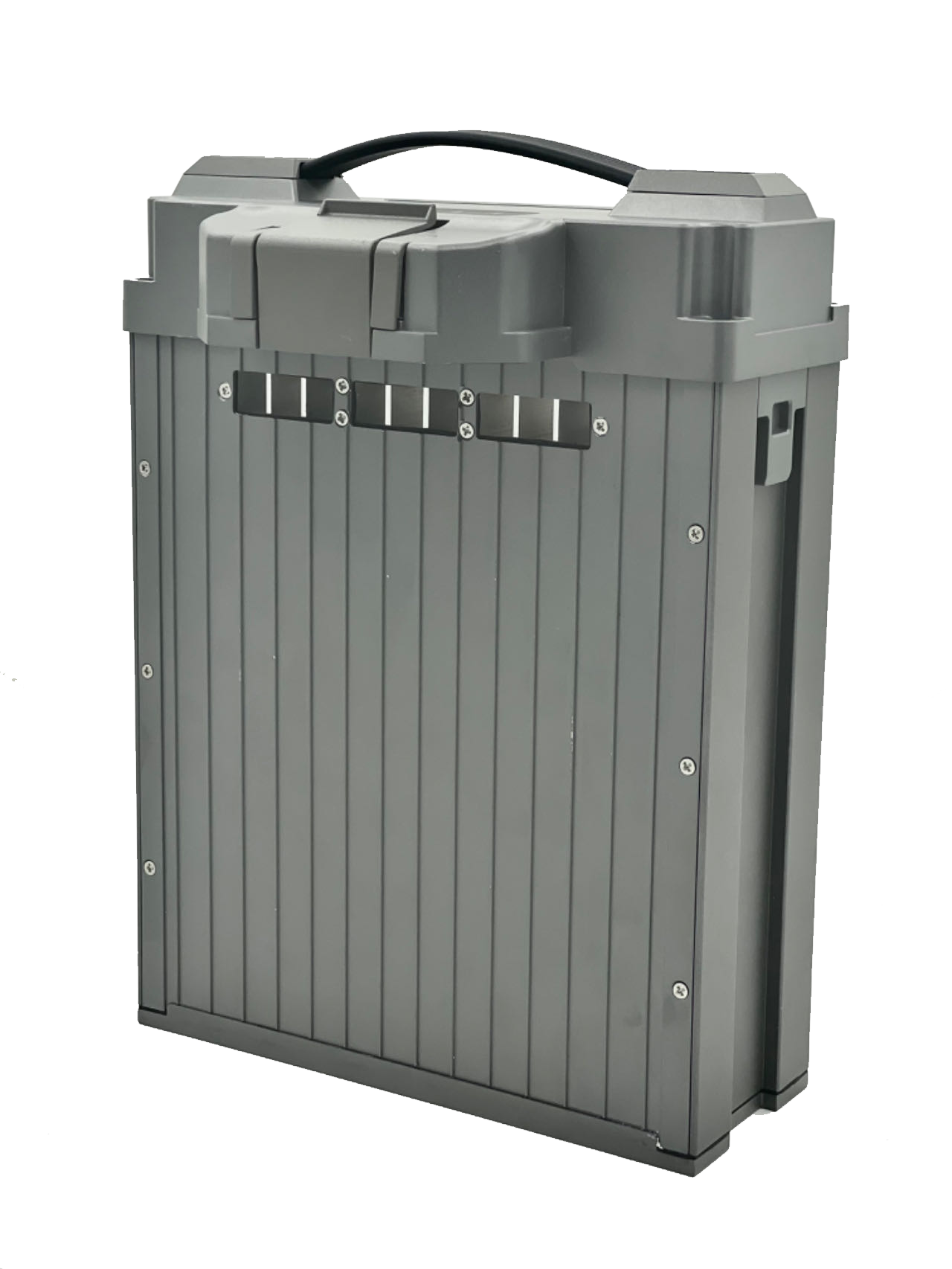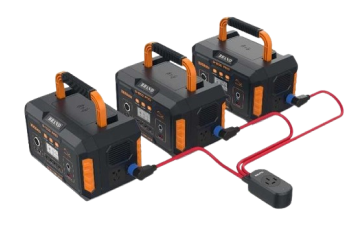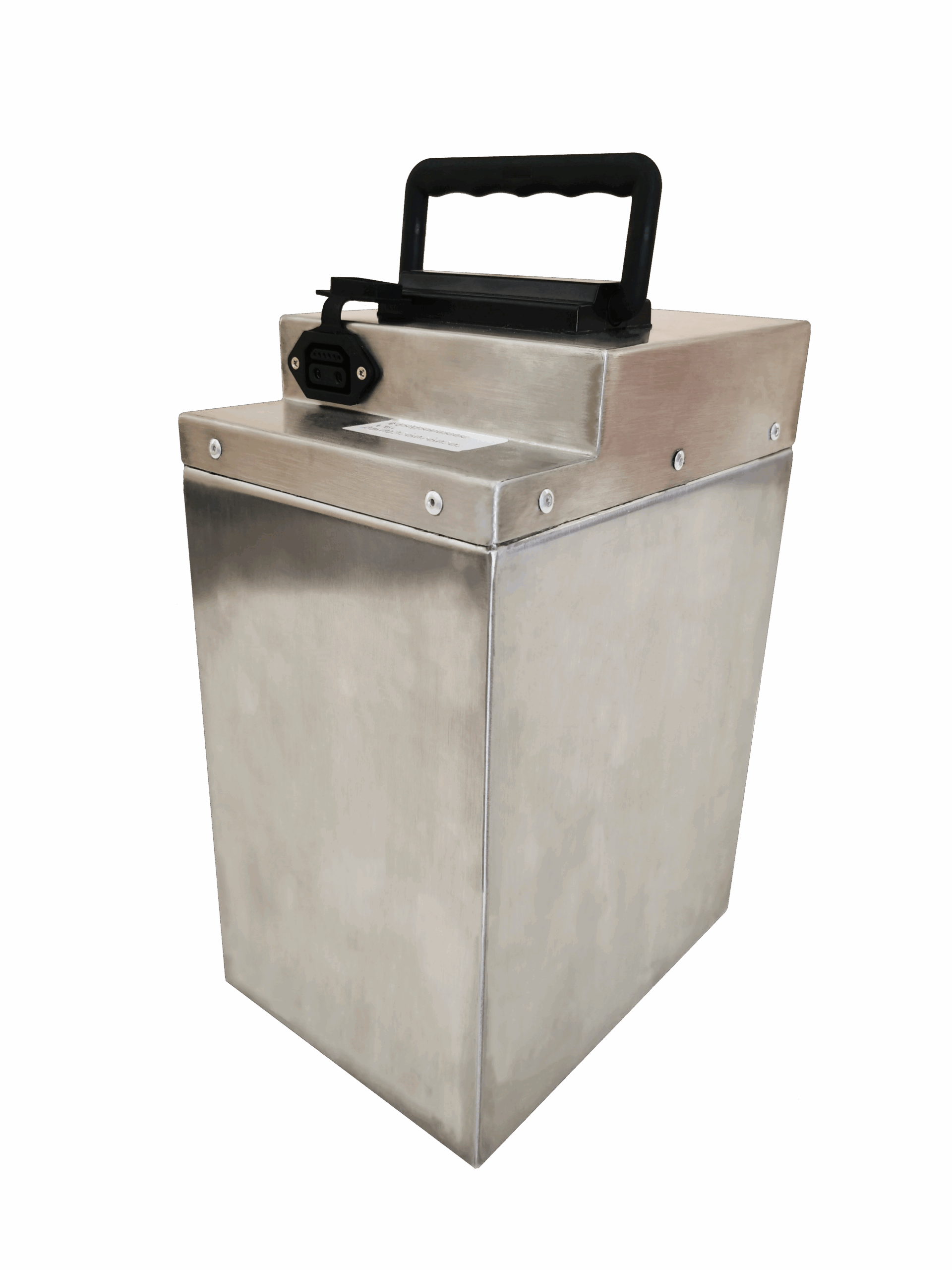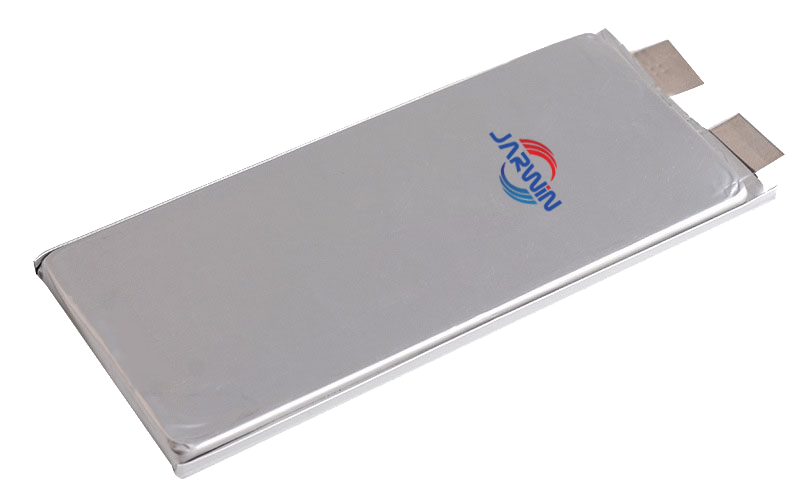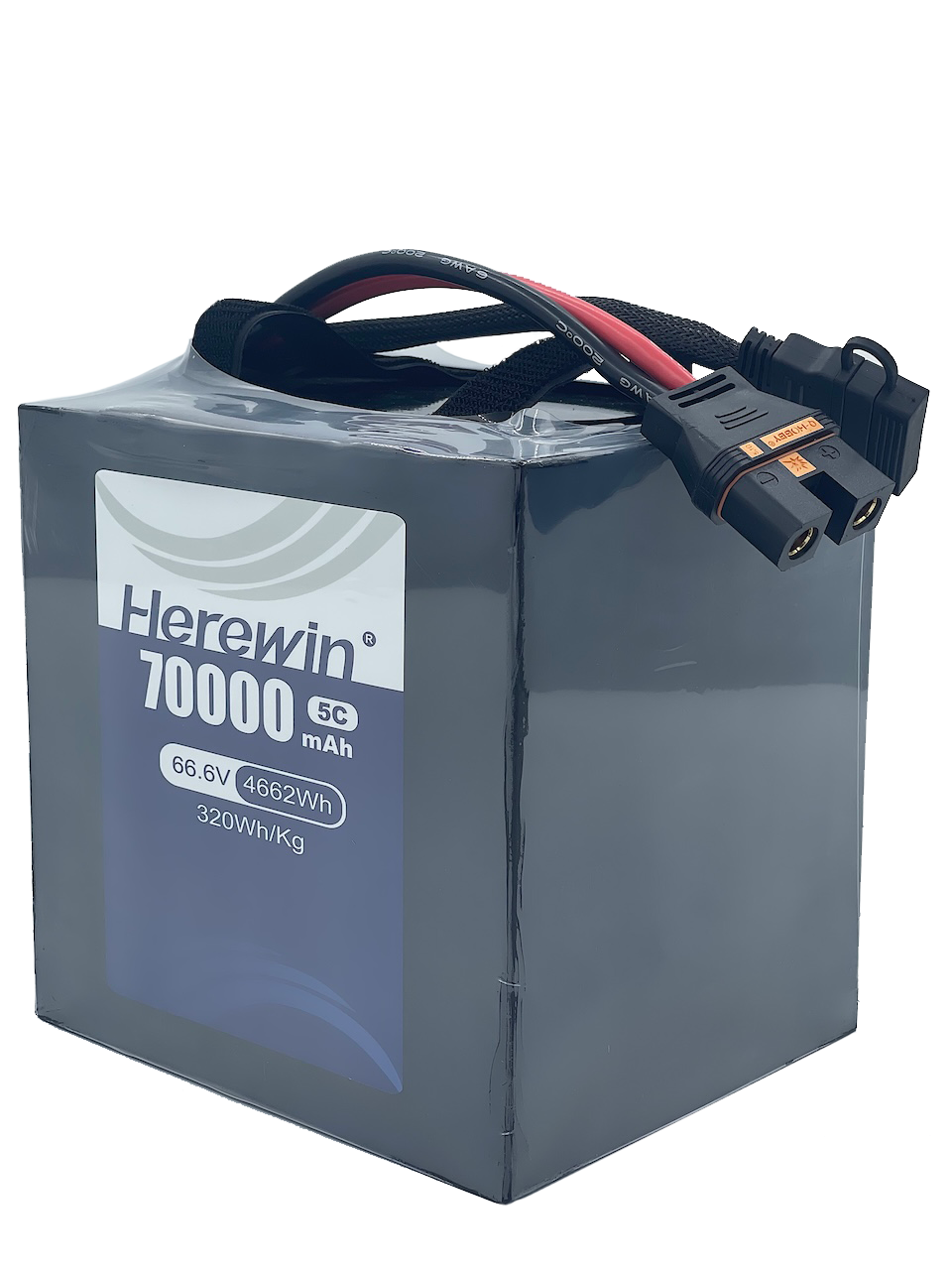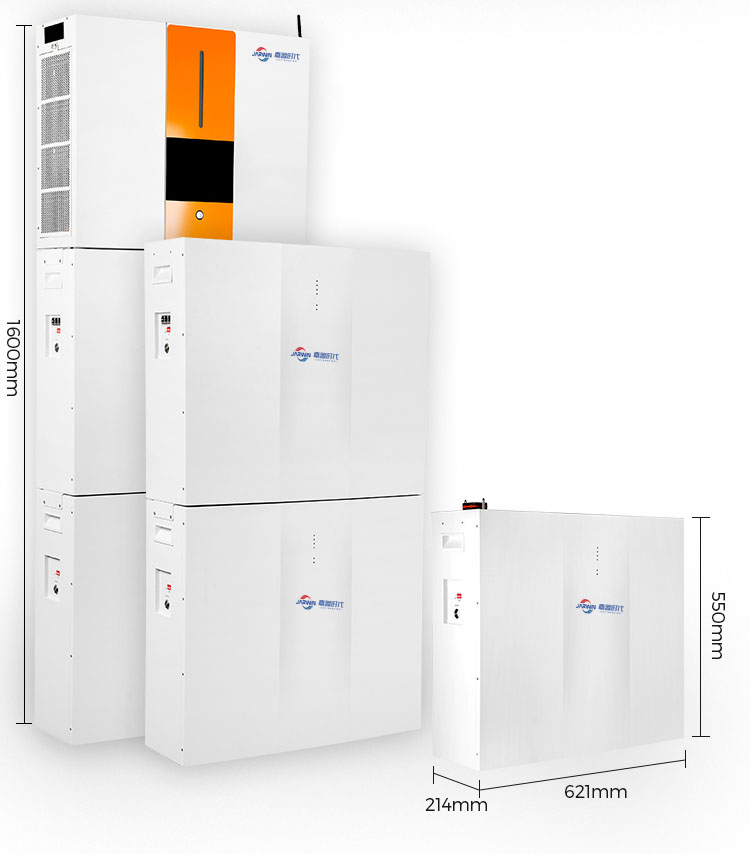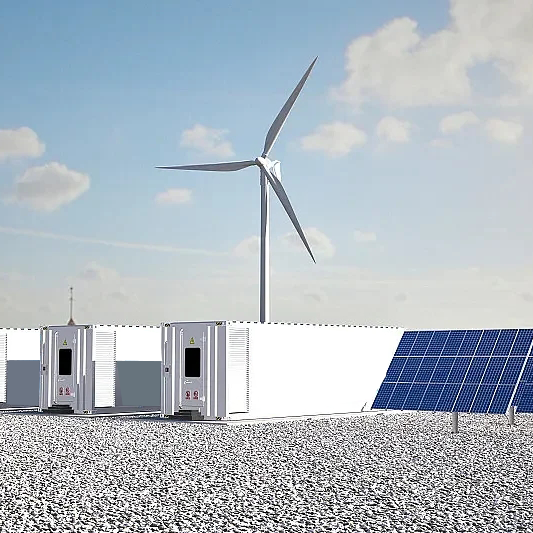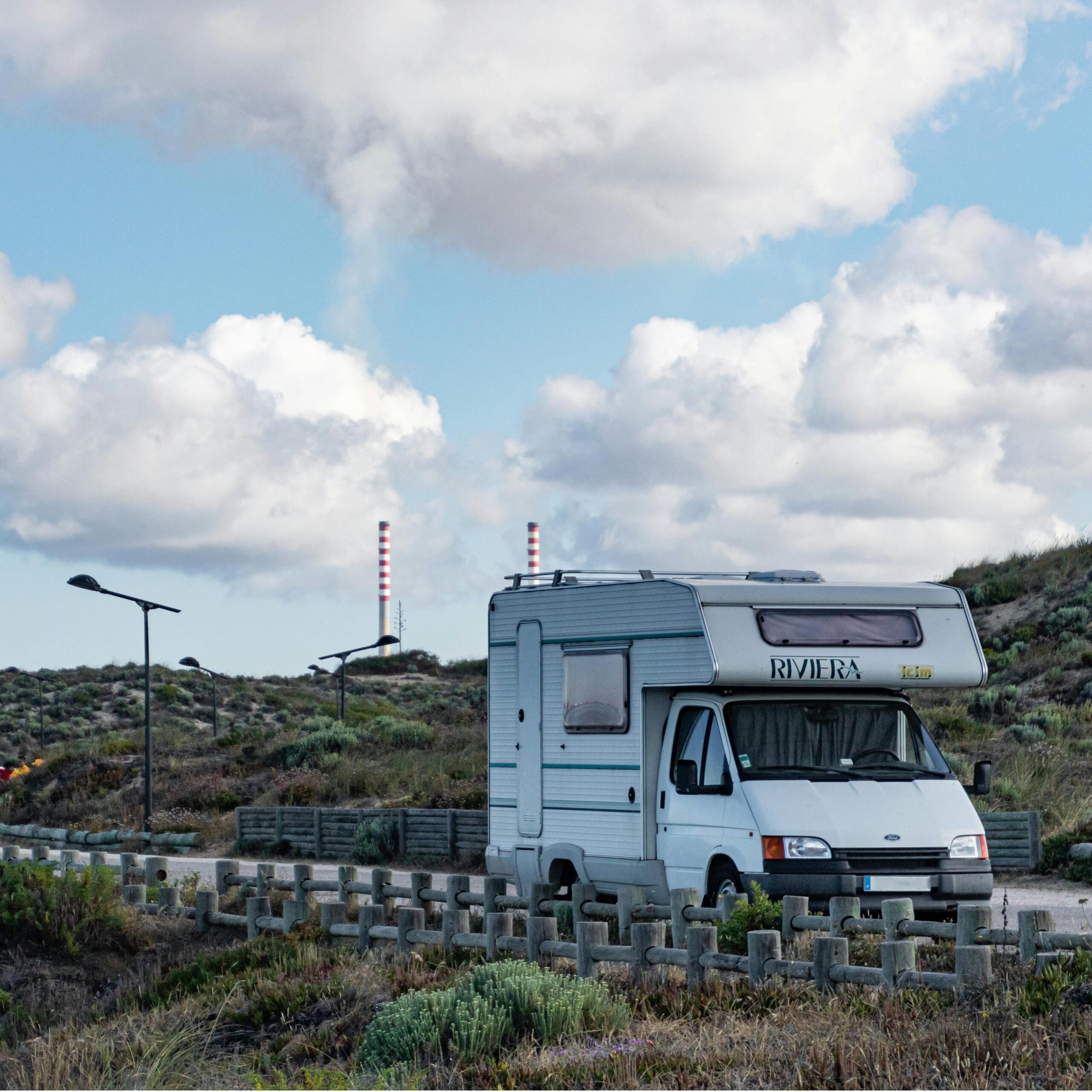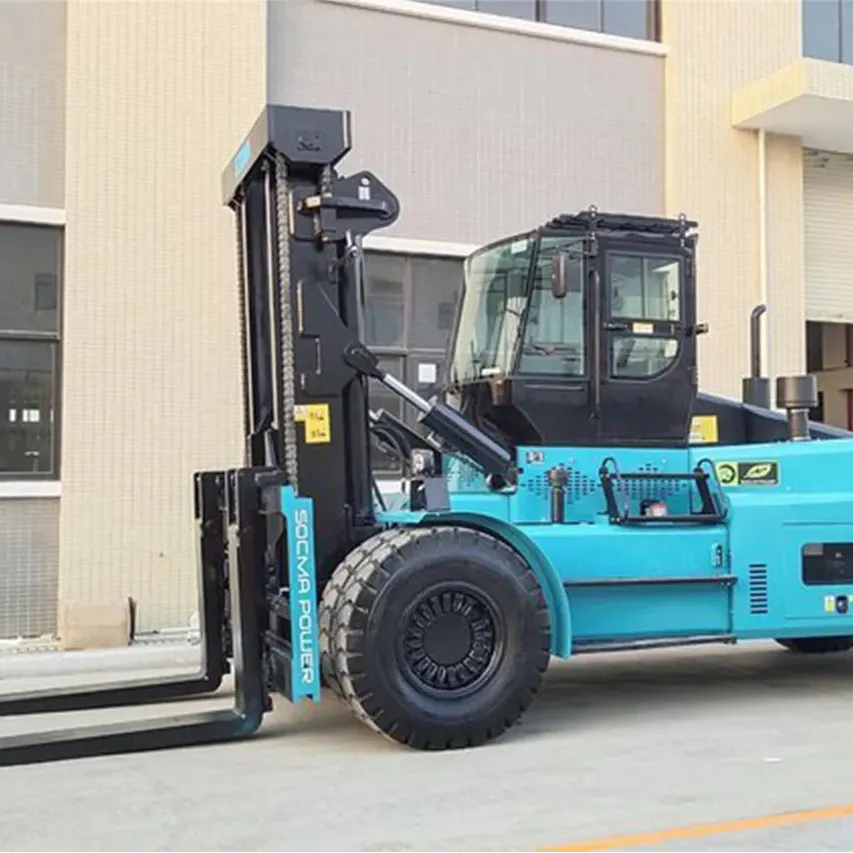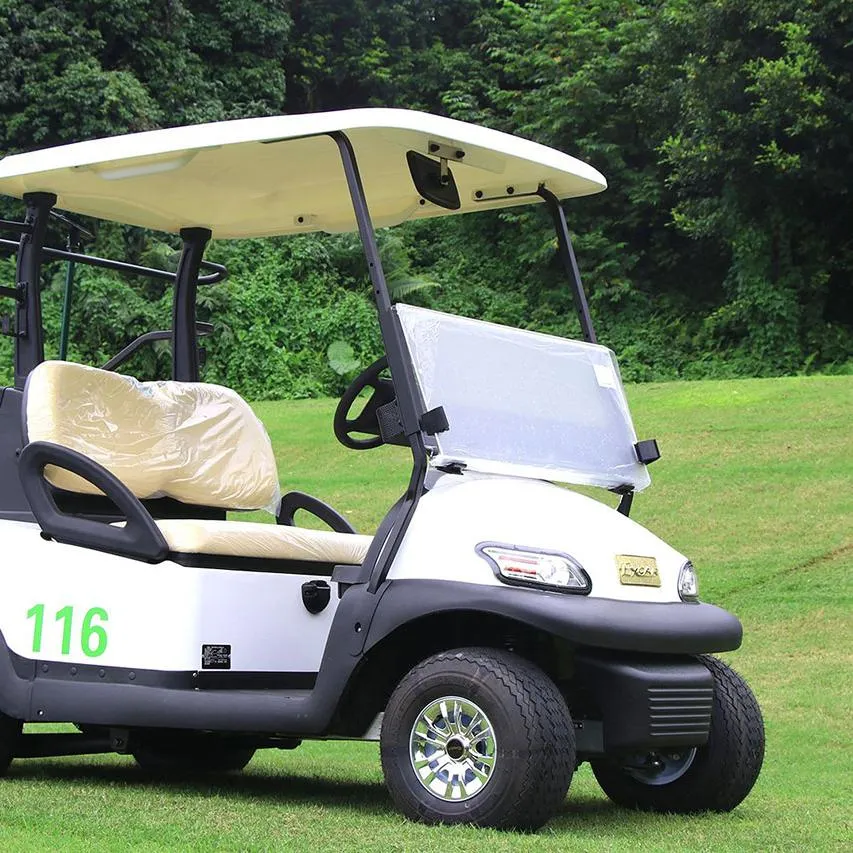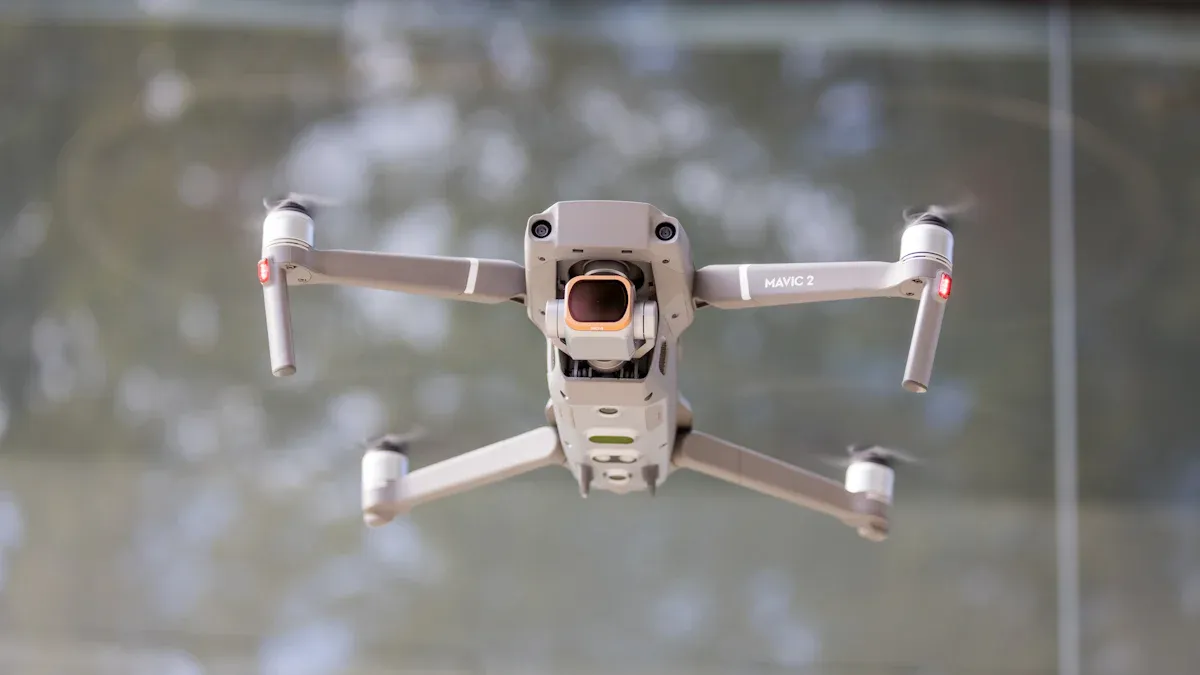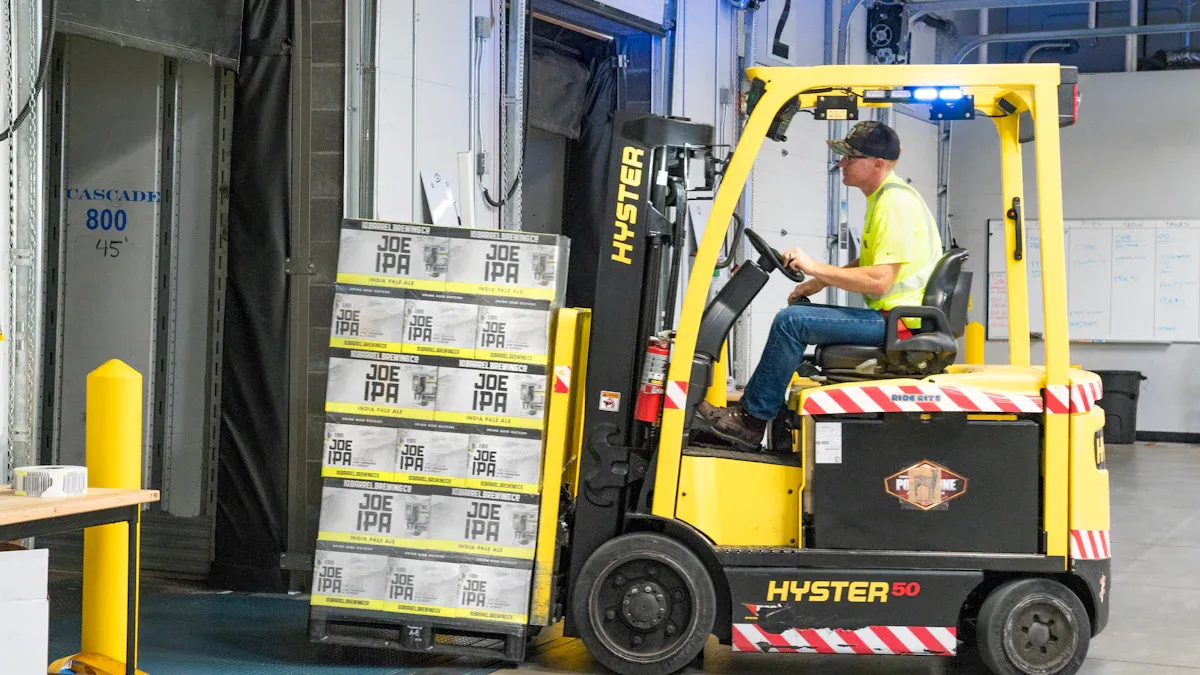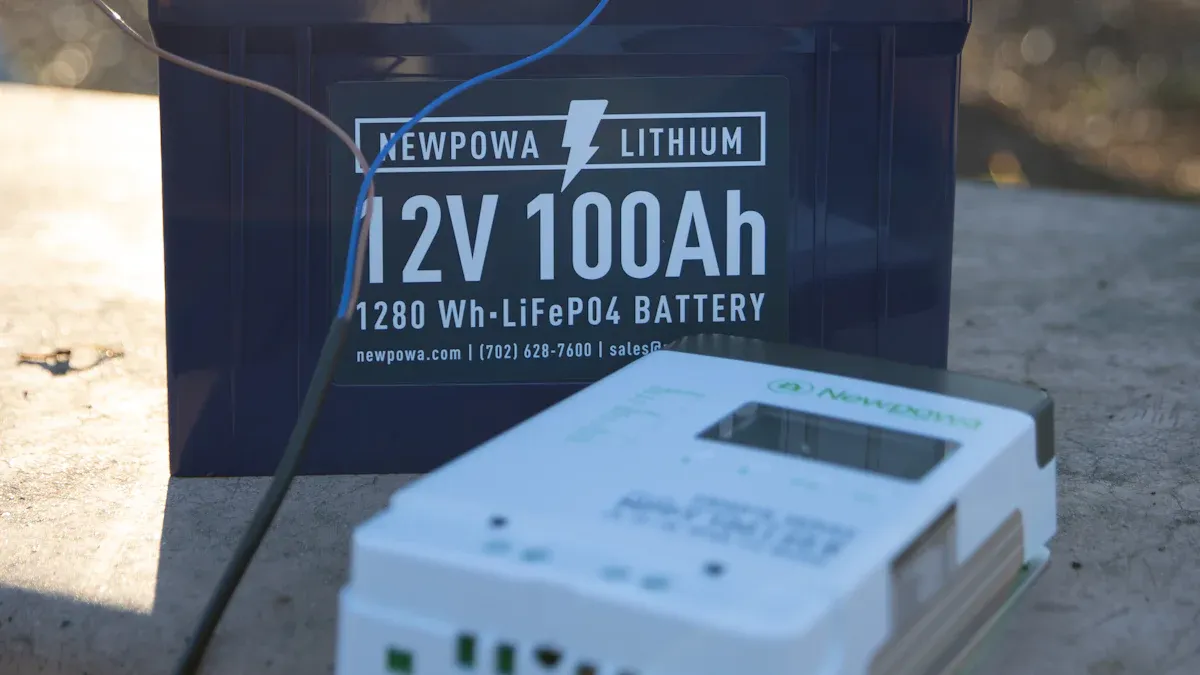
When comparing Lead-Acid vs. Lithium batteries for RVs, lithium batteries clearly outperform lead-acid options. Many RV owners choose a lithium RV battery because it is lighter and stores more energy than traditional lead-acid batteries. Lithium-ion batteries provide more usable power, charge faster, and have a longer lifespan. The table below highlights the key differences between lithium and lead-acid batteries for RV applications:
Performance Aspect | Lithium (LiFePO4) Batteries | Batterie al piombo |
|---|---|---|
Energy Density | Higher; stores more energy in smaller, lighter form | Lower; heavier and bulkier |
Depth of Discharge | 80-100% usable capacity | 30-80% usable capacity |
Discharge Curve | Flat; provides consistent power longer | Voltage drops more noticeably during use |
Recharge Speed | Faster recharge rates | Slower recharge |
Lifespan (Cycle Count) | Thousands of cycles (up to ~5000) | Hundreds of cycles (300-1000 typical) |
Self-Discharge Rate | Very low | Higher |
Weight | About half the weight of lead-acid | Heavier |
Sicurezza | Highly stable; low risk of fire/explosion | Generally safe but heavier and maintenance needed |
Cold Temperature Limits | Charging below 32°F not recommended; discharge below ~10°F not recommended | Capacity reduced at low temperatures |
Costo | Higher upfront cost ($900+) | Lower upfront cost ($200-$700) |
When deciding between Lead-Acid vs. Lithium batteries for your RV, consider your vehicle type, usage patterns, and budget. Lithium-ion batteries deliver consistent power for extended trips, while lead-acid batteries may be more affordable initially. Many RV owners find that switching to lithium batteries offers more space, less weight, and improved performance for off-grid adventures.
Punti di forza
Lithium batteries hold more energy. They are lighter. They last much longer than lead-acid batteries. This makes them great for RVs.
You can use almost all the power in lithium batteries. Lead-acid batteries only give you half to 80% of their power.
Lithium batteries charge faster. They keep steady power for a longer time. You wait less and enjoy your RV more.
Using lithium batteries makes your RV lighter. This saves fuel and gives you more space. Your RV works better and feels nicer.
Lithium batteries cost more at first. But they last longer and need less care. This saves you money over time.
Performance Overview
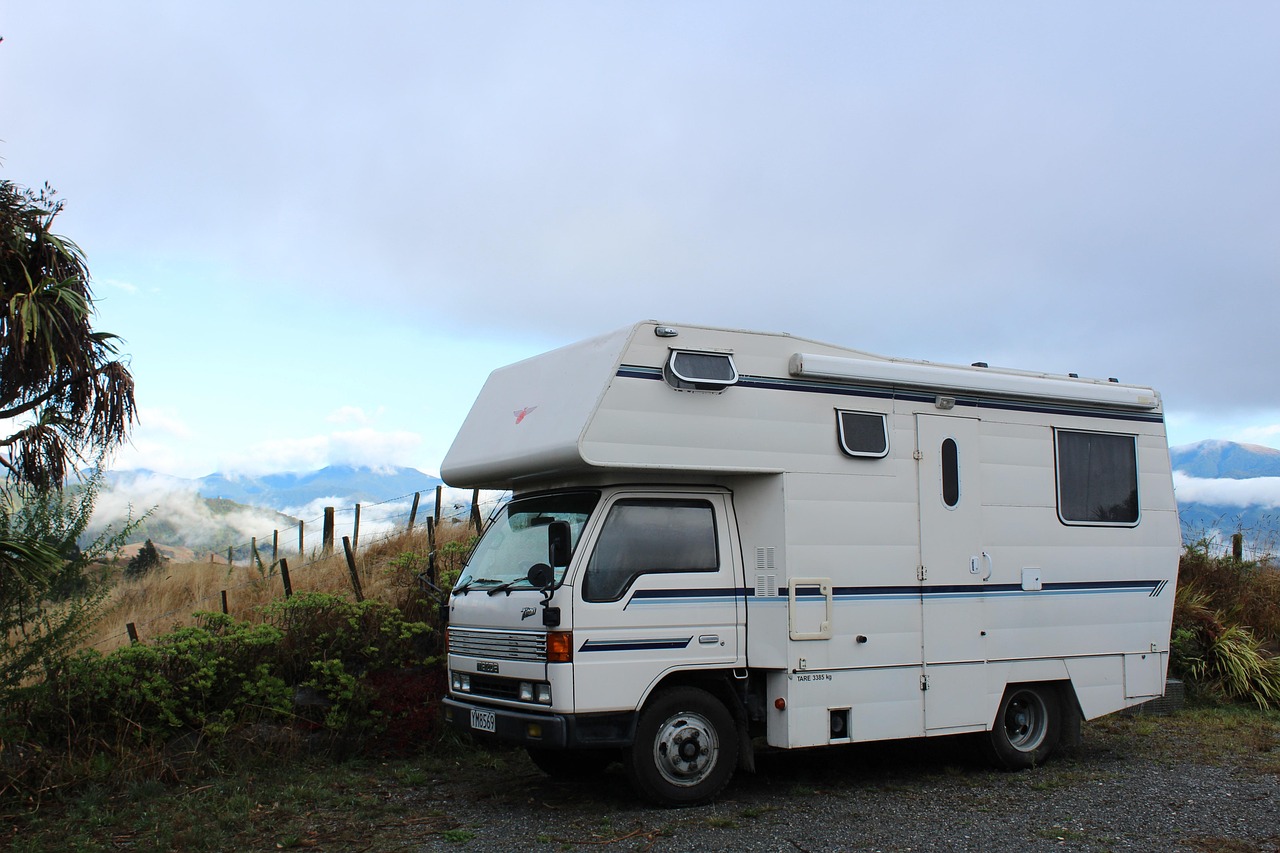
RV Test Results
When you test lead-acid vs. lithium batteries in RVs, you notice big changes. First, you charge each battery all the way. Next, you use a tester to drain power at a steady rate. The test stops when the battery voltage drops to a set level, usually 10.5 volts for a 12V battery. You write down how long the battery lasts and check if it matches its rated time. If a battery gives less than 80% of its rated time, it does not pass.
Battery is tested alone and in real RVs.
You follow rules from IEEE standard 450-2002 and battery guides.
You watch how the battery voltage drops as it works.
Lithium-ion batteries, like LiFePO4, keep voltage steady as they run. Lead-acid batteries lose voltage faster as they are used.
In RV tests, lithium batteries show a flat voltage line. This means you cannot just look at voltage to know how much charge is left. You need a battery management system (BMS) or a monitor that tracks energy in and out. Lithium batteries get their voltage back quickly after use, but lead-acid batteries take longer. This means lithium batteries give more steady power and last longer.
Capacity, Usable Energy, Discharge Efficiency
You want to know how much energy you can really use from your RV battery. This is where the difference between lead-acid vs. lithium batteries is clear. Deep cycle lead-acid batteries let you use only about half their rated power. For example, a 100Ah lead-acid battery gives you about 50Ah before you must recharge. AGM lead-acid batteries can go up to 80%, but you still have to be careful.
Lithium RV battery choices, like LiFePO4, let you use almost all their rated power. If you have a 100Ah lithium iron phosphate battery, you get almost 100Ah to use. This means you can run your RV gear longer without hurting your battery. You also get better efficiency, since lithium-ion batteries waste less energy as heat.
Battery Type | Rated Capacity (Ah) | Usable Capacity (Ah) |
|---|---|---|
Standard Deep Cycle Lead-Acid | 100 | 50 |
Golf Cart (GC) Lead-Acid | 100 | 80 |
AGM Lead-Acid | 100 | 50 – 80 |
Lithium (LiFePO4) | 100 | 100 |
Suggerimento: With lithium RV battery systems, you do not need to recharge as often. You get more usable energy and more freedom on your RV trips.
Weight and Payload Impact
Battery weight is very important in RVs. Old lead-acid batteries are heavy. If you use two 12V lead-acid batteries, your RV gets much heavier. This extra weight means you cannot carry as much stuff. It also makes your RV slower and harder to drive. You use more fuel too.
Lithium-ion batteries, like LiFePO4, weigh about one-third as much as lead-acid batteries. For example, one RV owner switched from two lead-acid batteries to one 280Ah lithium RV battery and cut the battery weight to just 50 pounds. This big drop in weight gives you more space and lets you carry more things. You also save fuel. Less weight means less stress on your RV’s engine, brakes, and suspension. Your RV is easier to drive and safer.
Note: Every 100 pounds you save can help your fuel use by up to 1%. Lighter lithium batteries help you go farther and stay safe.
Charging Speed and Efficiency
Charging speed and efficiency matter a lot when you camp off-grid or use solar panels. Lithium RV battery systems charge much faster than lead-acid batteries. You can charge lithium-ion batteries at higher rates, so you wait less for a full charge. Lead-acid batteries, even AGM, charge slower and need to be fully charged often or they lose power.
Aspetto | Lithium Batteries | Lead-Acid Batteries (AGM/Wet Cell) |
|---|---|---|
Charging Efficiency | 80-85% efficient | |
Usable Power from 1000W | Over 950 watts available | 800-850 watts available |
Charging Speed | About 4x faster | Slower; AGM faster than wet cell |
Charging Flexibility | No impact from partial charges | Partial charging reduces lifespan |
Impact on Battery Life | No harm from partial charges | Needs full charge to avoid capacity loss |

Lithium batteries make solar systems work better, saving about 2 kWh per day compared to lead-acid.
You do not need to check or add water to lithium batteries, but you must do this for lead-acid batteries.
Lithium batteries can take high charge rates and do not need long float charging.
You can charge lithium batteries anytime without hurting their life.
With lithium RV battery systems, you get more energy in less space, lighter batteries, and better charging. You spend less time charging and more time having fun in your RV.
Lifespan & Maintenance
Cycle Life and Long-Term Value
When you check how long batteries last in RVs, you see a big gap. Cycle life means how many times you can charge and use a battery before it gets weak. Lithium rv battery choices last much longer than lead-acid batteries. You can use lithium-ion batteries for thousands of cycles. Lead-acid batteries only last a few hundred cycles.
Battery Type | Average Cycle Life (cycles) | Average Lifespan (years) |
|---|---|---|
Flooded Lead-Acid | 200 – 500 | 3 – 4 |
Absorbed Glass Mat | 500 – 800 | 3 – 7 |
Lithium-ion | Up to 12 |

Lithium rv battery systems last longer. You save money over time because you do not buy new batteries often. Lithium batteries cost more at first, but you spend less later. They also charge better and weigh less. This helps your RV use less fuel and gives you more room.
Herewinpower tests each production batch of batteries in real RVs.You get batteries that pass tough checks for power and charging. You can trust lithium-ion batteries to last and work well.
Maintenance Requirements and User Experience
You want batteries that are easy to take care of. Lead-acid batteries need regular checks. You must add water, clean the ends, and do special charging. If you forget, your battery can lose power or break.
Lithium-ion batteries make things easier. You do not need to check water or do special charging. If you store lithium batteries for a long time, keep them half charged. Use a charger made for lithium rv battery systems to keep them working well.
Lead-acid batteries need water checks and cleaning every month.
Lithium batteries do not need water checks or special charging.
Both types need to stay at good temperatures.
Lead-acid batteries should not be used below half charge.
Lithium-ion batteries can handle deep use.
Lithium rv battery systems make RV life easier. You spend less time fixing batteries and more time having fun. Herewinpower’s lithium-ion batteries have smart systems for safety and easy checks.
Tip: If you want less work and steady power, pick lithium rv battery systems for your RV.
Cost & Safety
Upfront Cost vs Lifetime Cost
When you check battery prices for your RV, you see a big gap. Lead-acid batteries with 215Ah cost about $350. But you can only use half of that power. A lithium RV battery with 100Ah you can use costs around $800. Lithium-ion batteries cost more at first, sometimes two or three times more than lead-acid.
Upfront Cost (100Ah Usable) | Notes on Cost Comparison | |
|---|---|---|
Flooded Lead-Acid | $300–$400 | Cheaper at first, but does not last as long and needs more care |
AGM Lead-Acid | $400–$600 | Costs a bit more, needs some care |
Lithium (LiFePO4) | $800–$1,000 | Costs the most, lasts longer, no care needed |
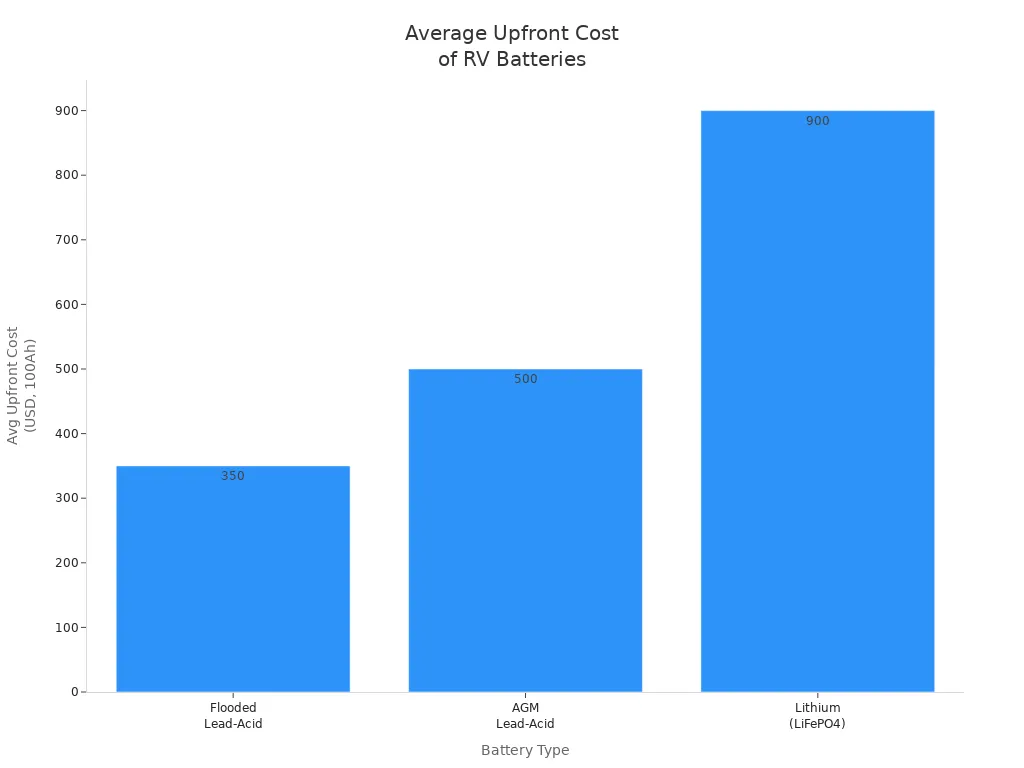
You may think lead-acid batteries save money, but you must replace them more. In ten years, you might buy many lead-acid batteries. One lithium RV battery can last the whole time. The total cost for lead-acid batteries can be $2,400. Lithium-ion batteries may cost less than $1,000 for the same power. You also spend less time and money on care with lithium batteries.
Note: Lithium RV battery systems give you more power, work better, and cost less over time. You get more for your money.
Safety Features and Reliability
Safety is important when picking a battery for your RV. Lithium-ion batteries, like LiFePO4, have strong safety parts. The iron phosphate inside keeps them safe, even when hot. These batteries have a Sistema di gestione della batteria (BMS) built in. The BMS checks heat, charge, and power. It keeps your battery from getting too hot, too full, or shorting out.
Lead-acid batteries need more care. Flooded lead-acid batteries let out gas when charging. You must check water and make sure air can move. Sealed lead-acid batteries are safer but still need checks for rust and cable issues.
Herewinpower’s Batteria al piombo-litio has extra safety. The smart BMS gives many layers of protection. You do not need to worry about acid spills or gas leaks. This battery does not catch fire and is safe if dropped, great for RVs.
Lithium-ion batteries last up to 10 years and need little care.
You can use almost all the power in lithium batteries without hurting them.
Lithium RV battery systems charge fast and are ready to use quickly.
Lead-acid batteries need more care and do not last as long.
Tip: If you want a safe, easy, and strong battery for your RV, pick lithium RV battery systems like Herewinpower’s Lead-to-Lithium Battery.
Climate & Environmental Adaptation
Cold Weather and Low-Temperature Performance Tips
Cold weather can make your RV battery work harder. You should know what happens to batteries when it gets cold. Lithium batteries, like LiFePO4, give you more power than lead-acid batteries in the cold. Lead-acid batteries lose a lot of their power and charge slowly when it is cold. Lithium batteries have safety features that stop charging if it is below freezing. This keeps them safe, but they still give power when it is cold.
Here are some ways to help your batteries in cold weather:
Pick batteries made for cold places. These work better and last longer in your RV.
Warm up batteries before you use them. You can do this inside or with a battery heater.
Wrap your batteries with foam or special bags. This keeps them warm and helps them work well.
Charge batteries where it is warm. You may need to charge more often and for longer in winter.
Try to keep batteries half full. Do not let them run out or stay full for a long time.
Check your batteries often. Look at the wires and use a tester to find problems early.
Use a thermostat or a temperature control tool to keep batteries at a good temperature.
Keep batteries away from the cold. Store them in a warm spot or inside your RV.
Suggerimento: Some lithium batteries have heaters or smart Battery Management Systems (BMS) that let you charge them safely even when it is freezing. You can also close battery bays and use small heaters to help.
Other Environmental Considerations
Your RV battery has to deal with more than just cold. Heat and wet air can also hurt battery life and how well it works. Lithium batteries do not like very hot weather. Their BMS will turn them off if it gets hotter than 130°F to keep them safe. Keep lithium batteries inside or in cool places to stop heat problems. Do not leave lithium batteries fully charged when it is hot. Take off the cables or remove the batteries if it is very hot.
Lead-acid batteries can handle heat and wet air better, but they are heavy and do not work as well. In tough weather, you might need new lead-acid batteries every two years. Wet air can cause rust, so keep batteries dry and let air move around them.
Environmental Factor | Lithium Battery Response | Lead-Acid Battery Response |
|---|---|---|
Extreme Cold | Needs heating/BMS for charging | Loses capacity, slow charging |
Extreme Heat | BMS shuts off to prevent damage | Tolerates heat, needs ventilation |
High Humidity | Sensitive, needs dry storage | More robust, risk of corrosion |
Very hot or cold weather is the biggest problem for batteries. Heat makes batteries wear out faster. Cold slows them down and gives less power. Keep your batteries in a place with good temperature and check them often. This helps your RV battery last longer and work better.
Installation & Buying Guide
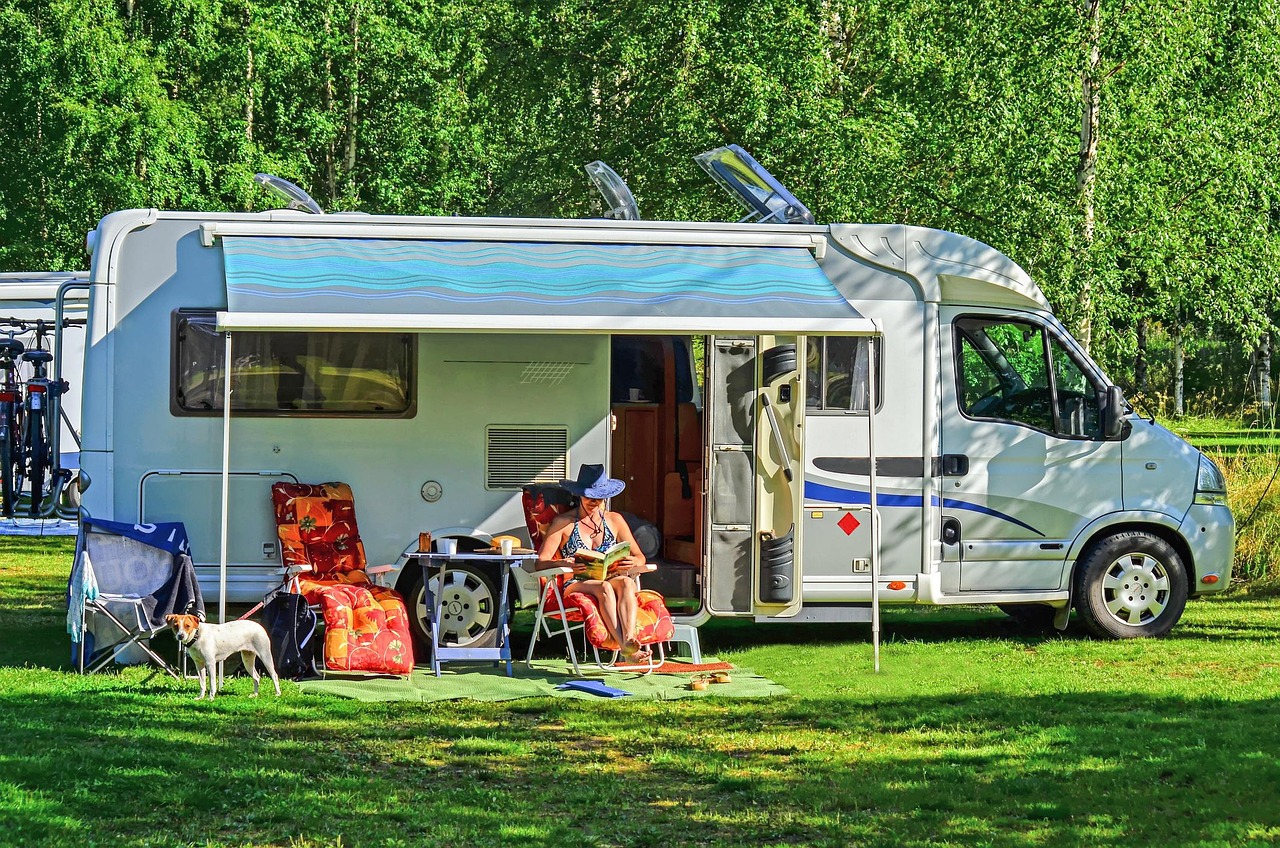
Compatibility and Upgrade Options
When you upgrade from lead-acid to a lithium rv battery, you need to check a few things to make sure your rv systems work well. Start by matching the battery voltage to your system, like 12V, 24V, or 48V. Most lithium-ion batteries fit into the same spot as old batteries, but always check the size and terminal type. You may need a new charge controller because lithium batteries have special charging needs. Your wiring usually works, but check it to avoid overload.
Make sure your battery box fits the new lithium rv battery. Sometimes, you need a bigger box or a warmer spot for cold weather.
Use battery heaters or mats if you travel in cold places.
Trickle charging during storage is fine for lithium-ion batteries.
The built-in Battery Management System (BMS) protects your battery from overcharging or deep discharge.
Upgrade your charger to one that supports lithium charging profiles.
Ecco un table to help you pick the right upgrade for your rv size:
RV Size (ft) | Typical Loads Powered | Recommended Lithium Battery Upgrade Options |
|---|---|---|
10-14 | Lights, radio, electronics, small fan | Single 54Ah or 100Ah lithium rv battery |
15-20 | Lights, stove, cooler, electronics | 1-2 x 100Ah or 1 x 320Ah lithium rv battery |
21-30 | Lights, fridge, TV, electronics | 2 x 100Ah or 1 x 320Ah lithium rv battery |
31-40 | Lights, fridge, large TV, fans | 2-4 x 100Ah or 2 x 320Ah lithium rv battery |
40+ | Lights, stove, fridge, AC* | 4-8 x 100Ah or 2-5 x 320Ah lithium rv battery |
*Air conditioning needs a large battery bank and is not always recommended.
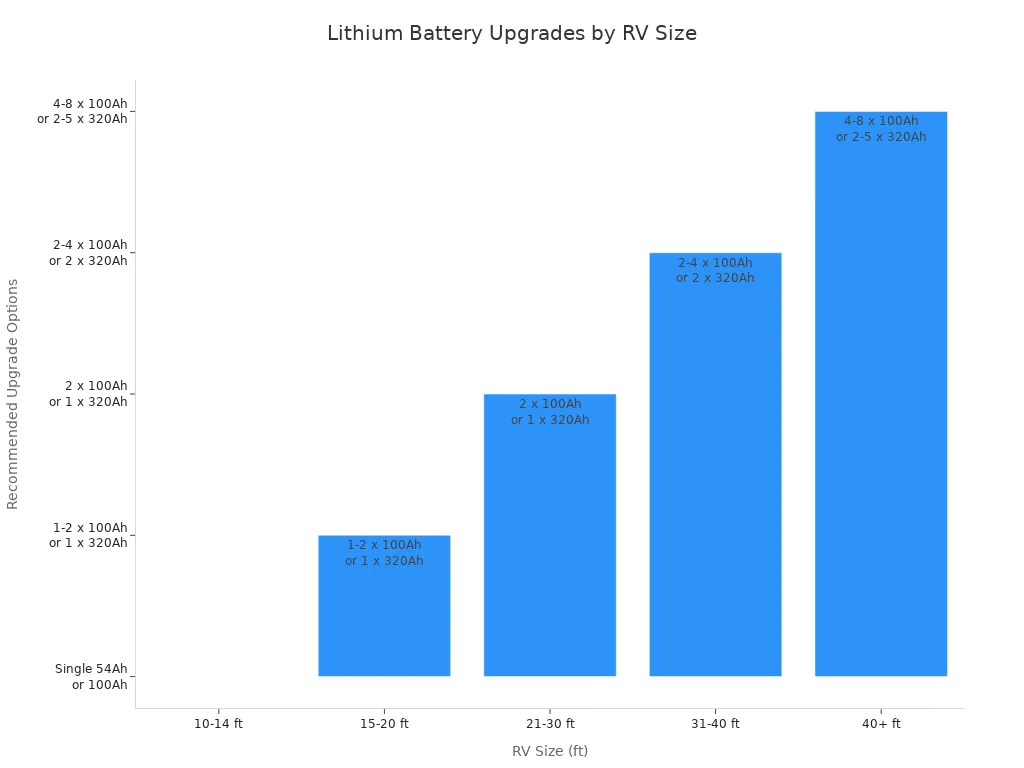
How to Choose the Right Battery for Your RV
To power your rv, you need to choose the best battery for your needs. Start by listing all your devices and how long you use them each day. Add up the total watt-hours. Divide by your system voltage to get amp-hours. Pick a battery with enough amp-hours to last a full day.
Check that the battery voltage matches your rv systems.
Look for a battery with a high cycle life. Lithium-ion batteries last much longer than lead-acid.
Make sure the battery fits in your rv and is not too heavy.
Choose a battery with a strong BMS for safety and long life.
Think about temperature range. Lithium rv battery options work well in many climates.
Pick a battery that needs little maintenance. Lithium-ion batteries are easy to care for.
Check the warranty and support.
Tip: Lithium rv battery systems give you more usable energy, faster charging, and longer life. They are a smart choice for most rv owners.
Lithium batteries last longer in your rv and work better. They are also much lighter than lead-acid batteries. If you travel a lot or use many devices, lithium batteries help you save time and money. They need less care e charge up faster. Lead-acid batteries are good for short trips or if you want to spend less money. But they need more work to keep them running well. Pick the battery that fits how you travel and how much power you need. Herewinpower has safe and strong lithium batteries to make your rv better for the future.
FAQ
What is the main reason to switch from lead-acid to lithium batteries in my RV?
Lithium batteries give you more power to use. They are lighter than lead-acid batteries. They last longer too. You do not need to do as much work to take care of them. This means you can relax and have more fun on your RV trips.
Can I use my existing RV charger with a lithium battery?
Look at your charger’s manual first. Some old chargers do not work with lithium batteries. Using a charger made for lithium batteries is better. It charges your battery faster and keeps it safe.
How do I know if a lithium battery will fit in my RV?
Check the size of your battery space. Then look at the size of the lithium battery. Most lithium batteries fit in regular RV battery boxes. Make sure the ends and how they connect are the same before you buy.
Are lithium batteries safe to use in extreme temperatures?
Lithium batteries work in most weather. If it gets very hot or cold, safety systems inside protect the battery. For best results, keep your battery in a spot inside your RV where it stays warm or cool.
Vedi anche
Comparing Semi-Solid Batteries With Conventional Lithium Alternatives
Innovative Lithium Battery Replacements For Indian Two And Three-Wheelers
Effective Lithium Battery Options To Replace Lead-Acid In Indian Two-Wheelers
Current Progress In Solid-State Lithium Battery Research And Development 2025
Why Lithium-Ion Batteries Outperform Traditional Drone Power Sources


